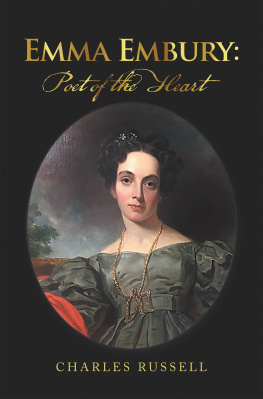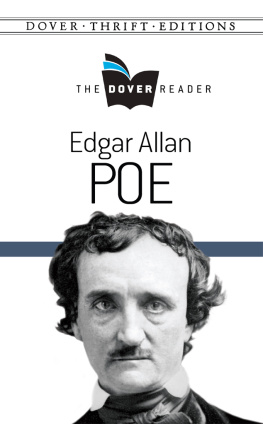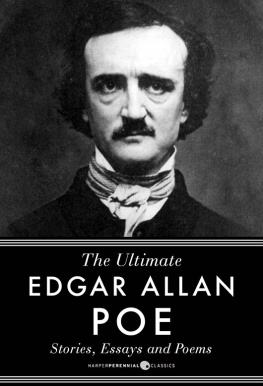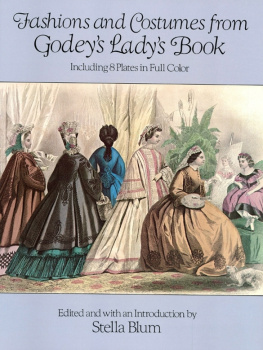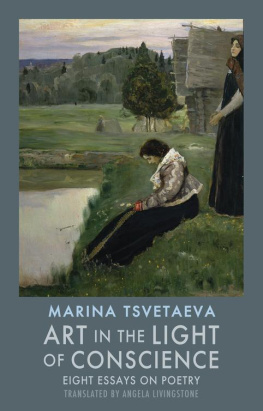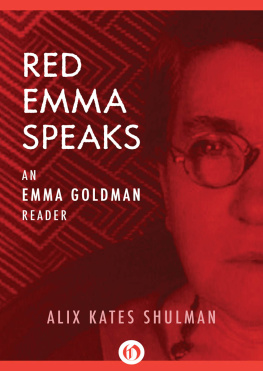EMMA EMBURY:
Poet of the Heart
CHARLES RUSSELL, PHD
Copyright 2021 by Charles Russell, PhD.
Library of Congress Control Number: | 2021923394 |
ISBN: | Hardcover | 978-1-6698-0024-8 |
Softcover | 978-1-6698-0023-1 |
eBook | 978-1-6698-0022-4 |
All rights reserved. No part of this book may be reproduced or transmitted in any form or by any means, electronic or mechanical, including photocopying, recording, or by any information storage and retrieval system, without permission in writing from the copyright owner.
Any people depicted in stock imagery provided by Getty Images are models, and such images are being used for illustrative purposes only.
Certain stock imagery Getty Images.
Photos of portraits of Emma Embury and Daniel Embury, courtesy of Nicolas Russell. Photo of the Embury children, courtesy of Alexandra Russell-Ashmun.
Rev. date: 03/01/2022
Xlibris
844-714-8691
www.Xlibris.com
836598
CONTENTS
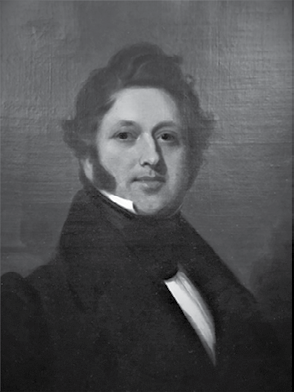
Daniel Embury
C all her majestic, the most popular woman poet of Americas nineteenth-century literary Renaissance. Her works were prodigious, inclusive, democratic.
The preface of an 1869 book of her poems reads:
It was an oft repeated remark of Embury, Unless she read, she could not write, and her earlier poems doubtless tone in harmony with the poets she loved the best; later her originality asserted itself, and her productions glow with self-enkindled fire. The peculiar melodiousness of her verse rendered her one of the most graceful of song writers, while the impassioned earnestness of her nature, her scorn of injustice, her quick sympathy with the oppressed, found expression in her poems, running like an electric thread throughout them, and awakening the deeper and higher emotions of the soul.
As a conversationalist, Embury was rarely excelled. Her reading was extensive and varied, her memory retentive, her adaptation rapid, and her language forcible and graceful. She was the center of a large circle, which numbered among its members many of the brightest names in literature. The head of a well-ordered household, a tender and devoted wife and mother, an active and sympathizing friend, she passed many years in a constant discharge of her varied duties.
She followed the conventions of the romantic movement: emotion, passion, spontaneity, self-expression, calamitous episodes, themes of worship and love of nature, wonder and admiration for the freshness and innocence of childhood.
More than 400 of her poems, novels, and essays were published in her lifetime. She contributed to the leading magazines of her era: The Knickerbocker Magazine , The Ladies Companion , Columbian , Godeys Ladys Book , Grahams Magazine , Flag of Our Union , and periodicals in England.
Her first series of short stories, Pictures of Early Life , published in 1830 when she was twenty-four, was applauded as highly interesting and instructive; and of a character which should place it in the hands of youth, as well to instruct as to interest and amuse.
A precursor of feminismin one of her essays, she wrote, If I were a man, as, thank God, I am not, for among my many blessings I rank first that of being a womanfive years before the nations first womens college, Mount Holyoke, was established, she gave An Address on Female Education, championing higher education for women. So highly regarded, it was reprinted in Woman and Higher Education , a collection of essays by women crusaders, among them Emma Willard, founder of Mount Holyoke, and Alice Freeman Palmer, president of Wellesley College.
Her Essay on American Literature, published in The Ladies Companion in 1838, was the first article proposing that American artists deserve financial support so our nation could have a literary class in society and a national literature.
Her skills extended beyond excellence as a writer. She played the piano and other musical instruments, sang in a lovely mezzo-soprano voice, and painted exquisite watercolors for her book Natures Gems , the first illustrated account of American wildflowers.
Born on February 1, 1806, the daughter of Elizabeth Post-Manley and Dr. James Manley, a leader of New York medicine, at twenty-two, she married Daniel Embury, a successful banker who wrote poetry and admired and aided her literary career. She bore five children, ran a tight household, took care of her husband, and in the domestic realm, kept a cookbook divided into four partscakes, pastries, jellies, and miscellaneousfor delectable family meals and refreshments at her literary salons.
Her portrait was painted by the artist Henry Inman when she was twenty-seven. He skillfully caught the interplay of color and light to reveal the sea-green shade of her dress and the braided gold necklace given to her by Daniel. Her arched eyebrows suggest a skeptical outlook on life, but her story tells otherwisea woman of abundant intelligence and beauty, she was fascinated by her world.
This book weaves the facts of her life with imagined accounts of events and conversations with quotations from her poetry and prose. To illustrate, this note closes with one of her poems expressing love for her husband. Written in her late middle age, it demonstrates the passionate intensity of her heart.
The Wifes Song
They told me that, when time had sped on rapid wing away,
Such fervent tenderness as mine must sink by slow decay;
That springing thus mid earth-born cares,
loves precious buds would fade;
Such passion flowers were all too frail
to bear the worlds cold shade.
It may be so with some; but my love
is like that northern flower
Which blooms in beauty though unnursed
by sun, or earth or shower;
The breath of heaven is all it needs to call it into life,
As heedless of the summer sky as of the tempests strife.
They told me that when days had passed,
and found my task the same,
On the Penates lowly shrine to trim the sacred flame,
And to that humble service bend the spirit that of yore
Within the muses glorious fane was
wont its glorious gifts to pour
They told me I would spurn the toil,
and grieve that I had turned
From the high dreams of fame with which
my youthful fancy burned;
They little know that pleasant toil has
given my soul new power
To realize the dreams it formed in youths enchanted hour.
They told me that when time had my bosoms idol seem
Familiar to my daily sight as to my nightly dream
That charm by charm would be dispelled,
and my sick heart would pine
For those high attributes which once it fondly fancied thine;
It may be so with some, but I could tell another tale;
I would but point to thee, and show how fancys tints may fail,
And teach them that full many a year of wedded love may be
Still marked by all the fervent faith of youths idolatry.
CHAPTER 1
M r. Payne smiled. You have a poem to read to the girls today, Miss Manley?
Emma rose from her desk. This was the call to go to the head of the class and read her poem aloud. She walked toward the blackboard and stopped by Mr. Paynes desk. The girls would understand her warm and longing words about the end of her summer vacation. They were ten years old like her, with fond memories of how they had spent their summer holiday.
She looked at Mr. Payne. Shall I read it all, Magister, or just the first stanza? The girls had been calling Mr. Payne the Latin word for teacher since third grade when they started the language to build a foundation for future study of French and Italian.
Next page
